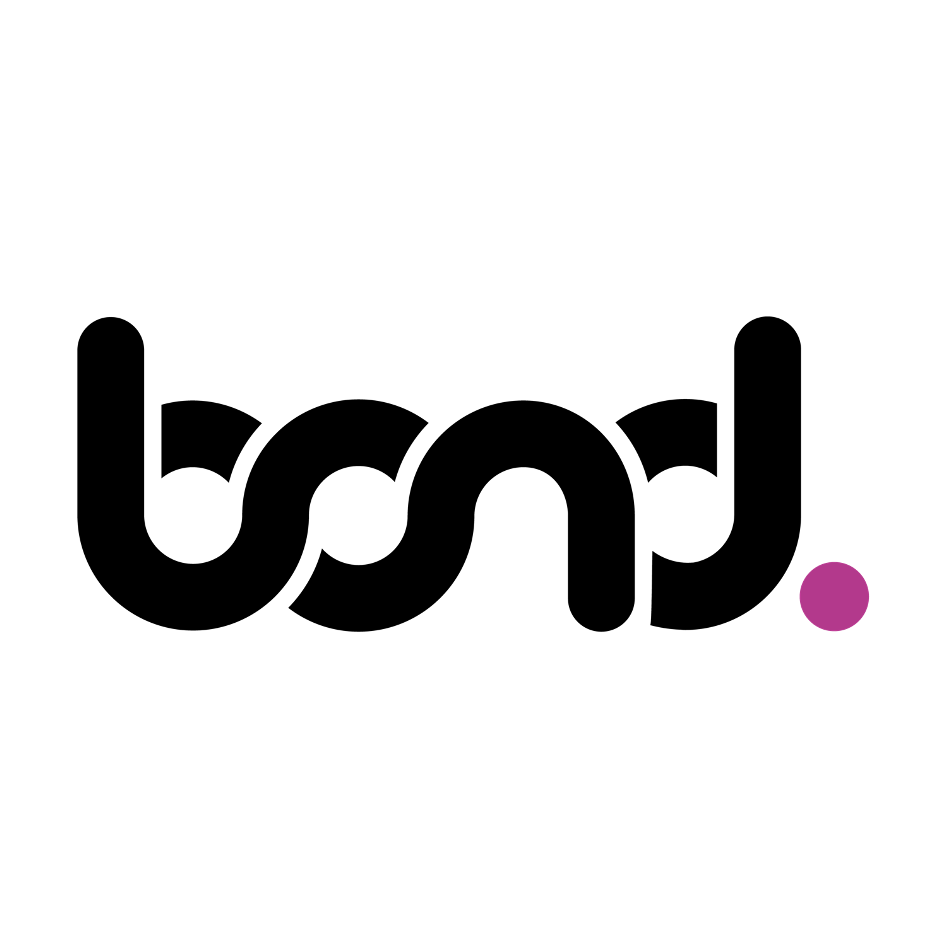Seema Bihari and Sean Claessen
Nested Loyalty: The Future of Customer Loyalty

While en route to India, during a three-hour layover in Qatar, I had the opportunity to explore the highly acclaimed Qatar Airport and discover the various experiences it had to offer. One particular point of interest was a lounge operated by Louis Vuitton. It caught my attention for a fascinating reason. This lounge extends a warm welcome not only to Louis Vuitton VIPs, but also to Platinum and Gold members of Qatar’s Privilege Club loyalty program. The way this benefit is structured bears a resemblance to a layered, nest-like arrangement. We are currently witnessing a growing trend of brands uniting to provide advantages to their mutually loyal customer base—and have the other brand “vouch” for customers not yet loyal to the other—which hints at the emergence of the concept of "Nested Loyalty" as a transformative trend. This trend is reshaping the way brands and customers interact. Not many are acquainted with the term, and it is still in its nascent stage; we at Bond are taking this opportunity to define Nested Loyalty and delve into its benefits for both brands and customers.
 Image by: Louis Vuitton
Image by: Louis Vuitton
Redefining Loyalty in a Changing Landscape
Traditionally, customer loyalty was perceived as an individualistic affair, with each brand striving to capture the undivided attention of its customers. However, this perspective has proven to be somewhat outdated. The truth is, customers often engage with multiple brands, exploring various products and services that align with their needs and preferences. This behavior is a representation of brand infidelity, yes, challenging the conventional notion of loyalty—but, perhaps more importantly, this behavior is a representation of the absence of a bond between customer and brand. In the current landscape, brands are being presented with the unique opportunity to deepen existing connections with customers—to curb that same infidelity with true loyalty.
The Future Looks Nested
The future of loyalty is unfolding as a tale of torrid promiscuity—not in the romantic sense, but in the business realm—, where multiple partnerships are forged to enhance customer experiences and rewards. This paradigm shift seeks to address the temporary nature of modern consumerism, curbing the trend of fluctuating, one-night-stand interactions between customers and brands. In this landscape, as customers fluidly traverse between brands, they leave behind a trail of their preferences. This trail, in turn, provides brands with the means to identify common customer bases and offer bespoke, potentially binding benefits. This intricate dynamic encapsulates the concept of nested loyalty, acknowledging the multifaceted tapestry of loyalties that customers maintain within this ever-evolving business ecosystem. Recognizing and adeptly navigating this network of nested loyalties stands as a pivotal opportunity within contemporary marketing and loyalty strategies. It demands a deep comprehension of the intricate relationships customers foster with brands, a readiness to adapt, and an unwavering commitment to meeting their diverse and evolving needs.
The Mechanics of Nested Loyalty
Picture a trio of brands: a third-party delivery service like Uber Eats, a quick-service restaurant (QSR) like Starbucks, and a consumer-packaged goods (CPG) company like Coca-Cola. How can these diverse entities collaborate to create a synergistic loyalty ecosystem?
Here's how the process could unfold:
- Integration: The first step is establishing seamless integration among participating brands, which means they would need to integrate their systems to recognize a purchase as qualifying for each individual loyalty program—this is normally done separately in each brand’s channels, but largely ignored in wholesale settings, store-in-store situations, and other common ways people use the brands that they love. The integration would need to either involve: a) a shared database, b) APIs that each other integrates, or c) other technology infrastructure that allows them to communicate and recognize joint transactions.
Blockchain could be a potential solution, as it would help record transactions securely and transparently for all parties, but it also has some downsides and unintended consequences. More on that to come in a future blog! - Accrual: Each brand's loyalty program would maintain its own set of rules and rewards. For instance, the delivery brand might reward points based on spending, the QSR on visits, and the CPG on product purchases. The key is to ensure that every customer action triggers relevant rewards from each program and is effectively communicated with customers.
- Redemption: Likewise, redemption rules would remain distinct for each brand. Points earned from the delivery brand could translate into delivery discounts, QSR points into meal deals, and CPG points into exclusive merchandise or experiences. However, within the universe of nested loyalty, there should be some redemption opportunity which is common across the three brands.
- Co-Marketing: Collaborating brands would jointly market the initiative, showcasing the compounded value customers gain from participating in multiple loyalty programs. The synergy is particularly potent when brands complement one another or are often consumed in combination. Imagine the potential for engagement when the brands have three different platforms to communicate and reach their customers.
- User Experience: For customers, the experience must be seamless. Earning and redeeming points across different platforms should be effortless. An integrated intelligence layer and data platform can ensure that customers' points and rewards from all involved programs are accurately tracked. We need to remember that, in the end, all customers are human, and the platforms should be based on human-centered design principles.
Prospects and Possibilities
If recent brand partnerships serve as indicators, the concept of nested loyalty holds immense potential. This innovative approach could drive frequent purchases and heightened brand loyalty. Customers would be motivated to combine brands strategically to maximize rewards. While executing nested loyalty programs necessitates collaboration and robust technological infrastructure, the benefits could far outweigh the efforts.
The future of customer loyalty is not a narrow path; it's a vast network of interwoven relationships that brands can develop into deeper bonds. Brands that embrace the concept of nested loyalty stand to tap into a reservoir of customer engagement and loyalty, fostering connections that transcend traditional boundaries. As the business landscape continues to evolve, one thing is certain: the era of solitary loyalty is fading, making way for a more interconnected and rewarding customer journey.
At Bond, we have created a method that uses behavioral science and human-centered design to ensure that your path to designing a futuristic, engaging, and rewarding loyalty program is simple and satisfying.
Please reach out to Sean Claessen or Seema Bihari if you would like to learn more about bringing together the different facets of Nested Loyalty, and identify who your partners on that journey are.
